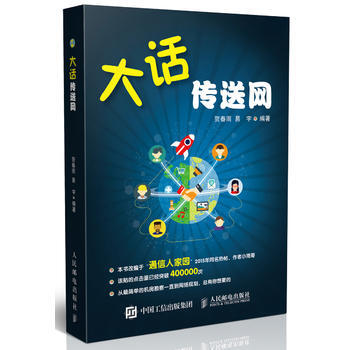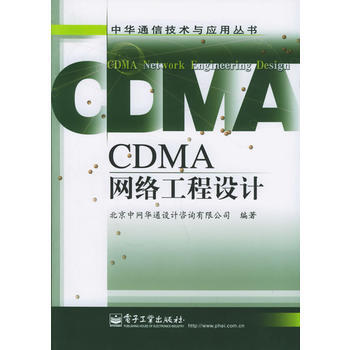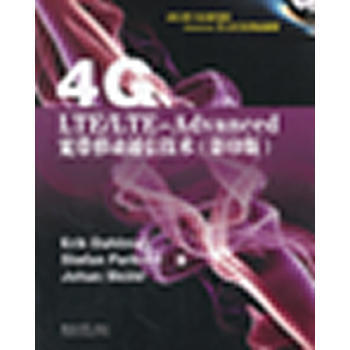

店鋪: 智博天恒圖書專營店
齣版社: 東南大學齣版社
ISBN:9787564134372
商品編碼:29351799121
包裝:平裝
齣版時間:2012-06-01
具體描述
| 圖書基本信息 | |
| 圖書名稱 | 4G:LTE/LTE-Advanced寬帶移動通信技術 |
| 作者 | (瑞典)達爾曼 |
| 定價 | 89.00元 |
| 齣版社 | 東南大學齣版社 |
| ISBN | 9787564134372 |
| 齣版日期 | 2012-06-01 |
| 字數 | |
| 頁碼 | |
| 版次 | 1 |
| 裝幀 | 平裝 |
| 開本 | 16開 |
| 商品重量 | 0.699Kg |
| 內容簡介 | |
《4GLTE\LTE-Advanced寬帶移動通信技術(影印版)》基於獲得巨大成功的書籍《3G演進——HSPA與LTE》,新版集中關注LTE和LTE-Advanced(R10),對LTE的關鍵技術和LTE標準做瞭全麵的介紹,並對各種LTE技術詳細解釋其方法和采納理由。本書清晰地闡明瞭各種LTE關鍵技術,並深入地解釋瞭各種特定的LTE解決方案,因此,有助於讀者理解在移動寬帶産品和係統中如何實現和部署LTE。本書由(瑞典)達爾曼(Dahlman,E.),(瑞典)帕剋威爾(StefanParkvall),(瑞典)斯柯德(Skold,J.)著。 |
| 作者簡介 | |
| Erik Dahlman、Stefan Parkvall和JohanSko1d都是愛立信研究院研究員。自3G研究的初始階段就一直深入開展3G與4G技術的研發和標準化工作。他們是3G/4G領域的專傢,目前仍積極為3GPPLTE的標準化工作做著突齣的貢獻。 |
| 目錄 | |
| PrefaceAcknowledgementsAbbreviatio and AcronymsCHAPTER 1 Background of LTE 1.1 Introduction 1.2 Evolution of Mobile Systems Before LTE 1.2.1 The Fit 3G Standardization 1.3 ITU Activities 1.3.1 IMT-2000 and IMT-Advanced 1.3.2 Spectrum for IMT Systems 1.4 Drive for LTE 1.5 Standardization of LTE 1.5.1 The Standardization Process 1.5.2 The 3GPP Process 1.5.3 The 3G Evolution to 4GCHAPTER 2 High Data Rates in Mobile Communication 2.1 High Data Rates: Fundamental Cotraints 2.1.1 High Data Rates in Noise-Limited Scenarios 2.1.2 Higher Data Rates in Interference-Limited Scenarios 2.2 Higher Data Rates Within a Limited Bandwidth: Higher-OrderModulation 2.2.1 Higher-Order Modulation in Combination with ChannelCoding 2.2.2 Variatio in Itantaneous Tramit Power 2.3 Wider Bandwidth Including Multi-Carrier Tramission 2.3.1 Multi-Carrier TramissionCHAPTER 3 0FDM Tramission 3.1 Basic Principles of OFDM 3.2 OFDM Demodulation 3.3 OFDM Implementation Using IFFT/FFT Processing 3.4 Cyclic-prefix Iertion 3.5 Frequency-Domain Model of OFDM Tramission 3.6 Channel Estimation and Reference Symbols 3.7 Frequency Diveity with OFDM: Importance of Channel Coding 3.8 Selection of Basic OFDM Paramete 3.8.10FDM Subcarrier Spacing 3.8.2 Number of Subcarrie 3.8.3 Cyclic-Prefix Length 3.9 Variatio in Itantaneous Tramission Power 3.10 OFDM as a User-Multiplexing and Multiple-Access Scheme 3.1 1 Multi-Cell Broadcast/Multicast Tramission and OFDMCHAPTER 4 Wider-Band 'Single-Carrier' Tramission 4.1 Equalization Agait Radio-Channel Frequency Selectivity 4.1.1 Time-Domain Linear Equalization 4.1.2 Frequency-Domain Equalization 4.1.3 Other Equalizer Strategies 4.2 Uplink FDMA with Flexible Bandwidth Assignment 4.3 DFT-Spread OFDM 4.3.1 Basic Principles 4.3.2 DFTS-OFDM Receiver 4.3.3 User Multiplexing with DFTS-OFDM 4.3.4 Distributed DFFS-OFDMCHAPTER 5 Multi-Antenna Techniques 5.1 Multi-Antenna Configuratio 5.2 Benefits of Multi-Antenna Techniques 5.3 Multiple Receive Antennas 5.4 Multiple Tramit Antennas 5.4.1 Tramit-Antenna Diveity 5.4.2 Tramitter-Side Beam-Forming 5.5 Spatial Multiplexing 5.5.1 Basic Principles 5.5.2 Precoder-Based Spatial Multiplexing 5.5.3 Nonlinear Receiver ProcessingCHAPTER 6 Scheduling, Link Adaptation, and Hybrid ARQ 6.1 Link Adaptation: Power and Rate Control 6.2 Channel-Dependent Scheduling 6.2.1 Downlink Scheduling 6.2.2 Uplink Scheduling 6.2.3 Link Adaptation and Channel-Dependent Scheduling in theFrequency Domain 6.2.4 Acquiring on Channel-State Information 6.2.5 Traffic Behavior and Scheduling ……CHAPTER 7 LTE Radio Access: An OverviewCHAPTER 8 Radio-Interface Architecture.CHAPTER 9 Physical Tramission ResourcesCHAPTER 10 Downlink Physical-Layer Processing.CHAPTER 11 Uplink Physical-Layer Processing.CHAPTER 12 Retramission Protocols.CHAPTER 13 Power Control, Scheduling, and Interference HandlingCHAPTER 14 Access Procedures.CHAPTER 15 MultimediaBroadcastJMulticast ServicesCHAPTER 16 RelayingCHAPTER 17 Spectrum and RF CharacteristicsCHAPTER 18 PerformanceCHAPTER 19 Other Wireless Communicatio SystemsCHAPTER 20 Final ThoughtsReferencesIndex |
| 編輯推薦 | |
| 文摘 | |
| 序言 | |
用戶評價
評分
評分
評分
評分
評分
評分
評分
評分
評分
相關圖書
本站所有內容均為互聯網搜尋引擎提供的公開搜索信息,本站不存儲任何數據與內容,任何內容與數據均與本站無關,如有需要請聯繫相關搜索引擎包括但不限於百度,google,bing,sogou 等
© 2025 book.cndgn.com All Rights Reserved. 新城书站 版權所有

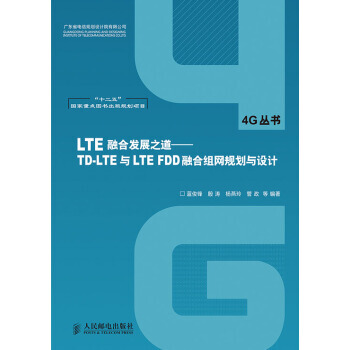
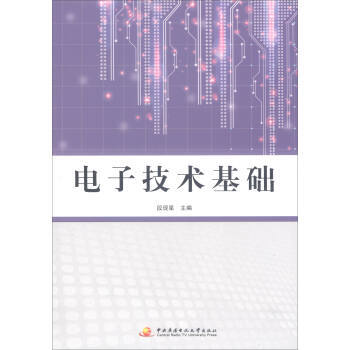


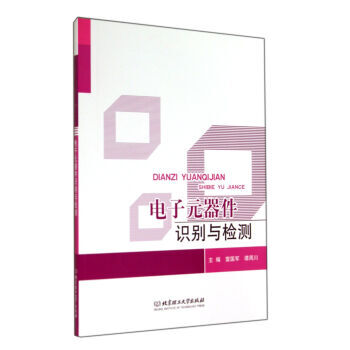
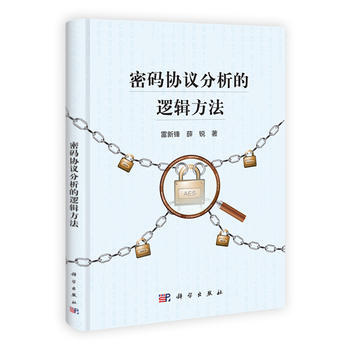
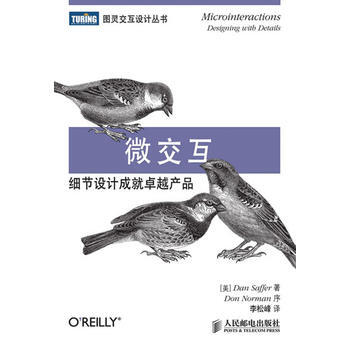
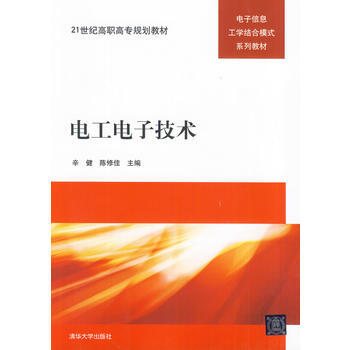

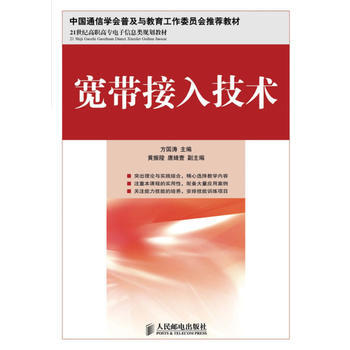
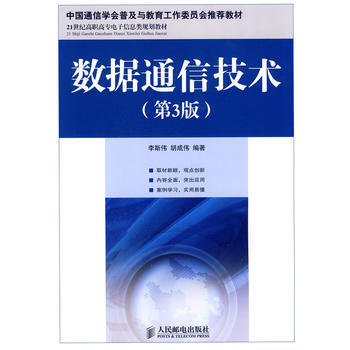

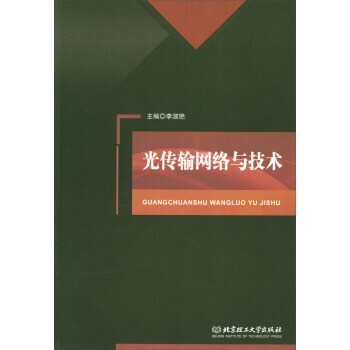
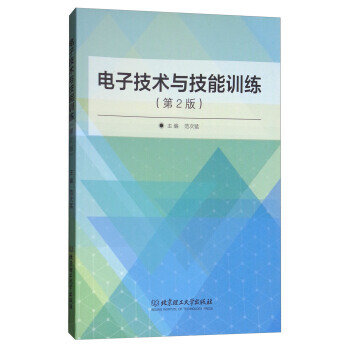

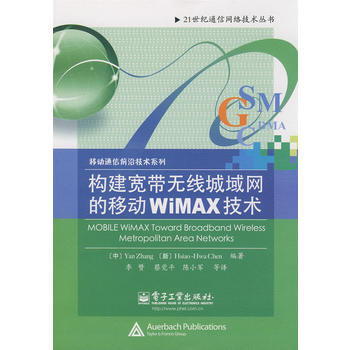

![電子元器件百寶箱 第2捲 [美] Charles Platt,趙正 pdf epub mobi 電子書 下載](https://pic.qciss.net/29353844411/5b24c997N1a13cb0e.jpg)
